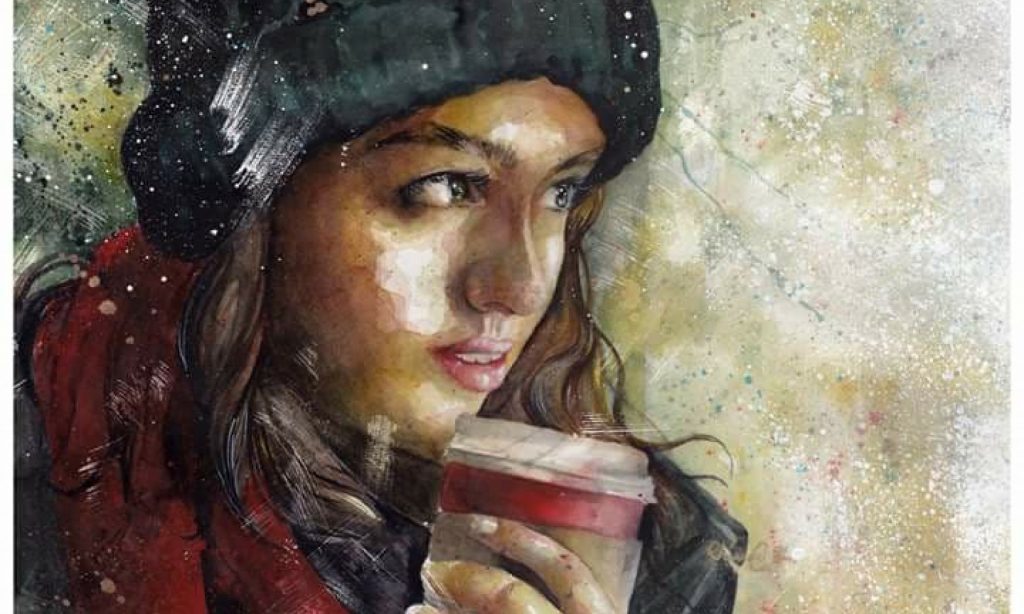I am going to be honest here, I am really struggling with this project, I am struggling to get together an idea which I feel I can continue with. I have all this indepth research which I am struggling to visualise in a sophisticated and sensitive way which is not autobiographical as I am aiming for autoethnographical. Due to this I have mentally driven myself to a place that I feel completely unable to create, because I have but all this pressure on myself, however even when pushing myself to just sketch and explore I am struggling to find anything which works which is lowering my self esteem and confidence. I truly love the images of the photocopied hands, and because the areas of light are the areas where the hand is touching the glass and to me that feels special and represents the feeling of touch more so than a photo can. Also my tutorial with Leigh today has put my mind in a weird place, because I was so confident in the images and now I don’t know what to think.
However at this moment in time I think it is more important to continue to create with works and imagery I believe in, still take comments in hand, especially as I know I do not want my final outcome to be one image, on its own.
This is why I have started to look into Artists books, because I want this work to be interactive, and I think the way the audience interacts will be more important than the imagery itself. I want to be able to covey the confusion, the fragmentation, dissociation and as I like to call it, the untangling of the fairy lights, in it’s form rather than the imagery, as that is more likely to be able to become a mirror for more.
Hedi Kyle, is a Canadian Book Artist, who has created many techniques and experimented with the form of a book, and the two following images to me are ideas on which my outcome could take.
The first piece is called the Maze, and it is like a puzzle to unwrap the information inside. With the second image the work is called Mica Flags, and it is the same design of creating flaps in a concertina book, however it has been printed on a material called Mica. This makes me want to explore transparency in the work, and how areas can reveal something underneath it, and by incorporating elements like this I think maybe my previous images could work really successfully.

